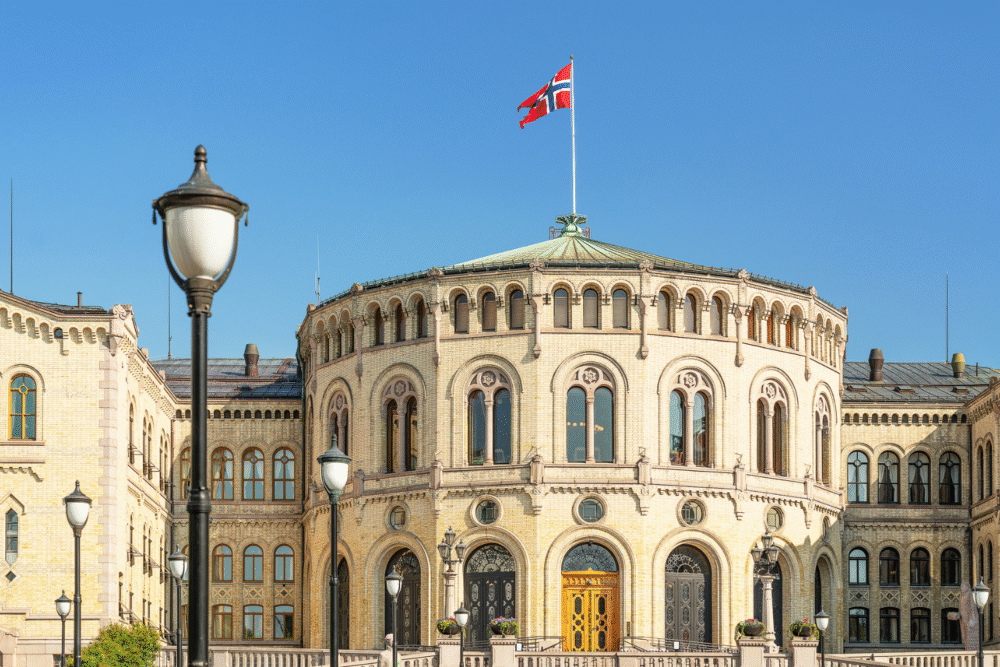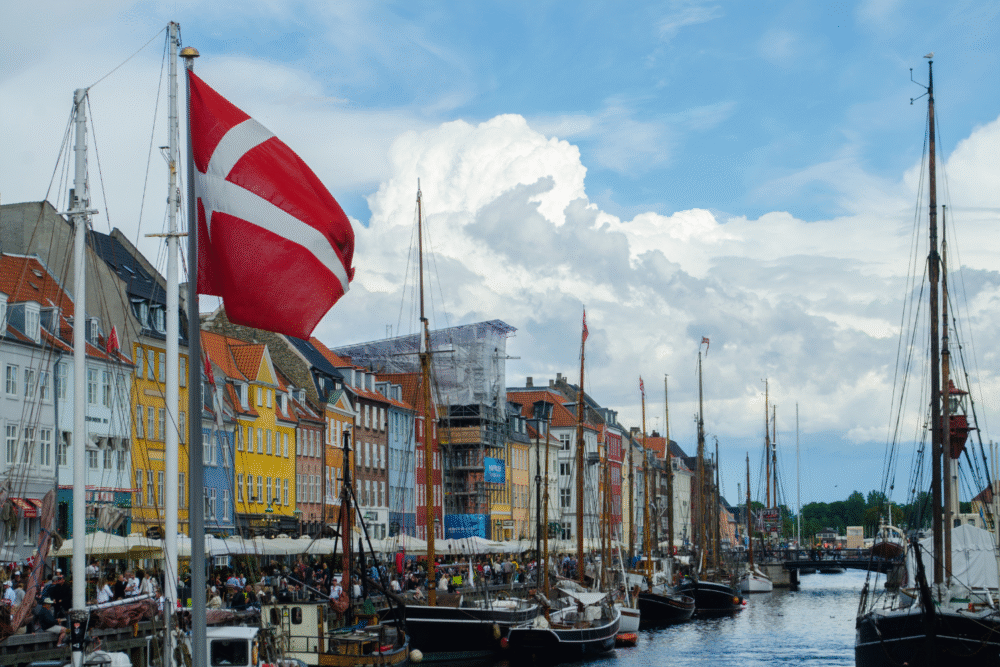Explore countries that successfully balance capitalism with robust social welfare systems for citizens.

Capitalism often gets tied to profit-maximizing motives, but some countries integrate strong social welfare programs to benefit their people. These nations employ government regulations, progressive taxation, and social safety nets that promote income equality and worker rights alongside economic growth. By examining different models, it becomes clear how capitalism can prioritize societal well-being without sacrificing market vitality or innovation.
1. Norway fosters strong social welfare while supporting a robust capitalist economy.

Norway combines a thriving free market with comprehensive social welfare programs that ensure citizens enjoy high-quality public services. The country’s economic model prioritizes equitable income distribution and robust social safety nets.
This approach is supported by Norway’s extensive government regulation in key sectors. By using revenue from natural resources, the nation funds universal healthcare, education, and retirement benefits, demonstrating how a capitalist system can prioritize societal well-being alongside economic prosperity.
2. Sweden balances market freedoms with extensive public services effectively.

Sweden successfully merges market freedoms with extensive public services, creating a compelling synergy that benefits its citizens. Businesses flourish in a competitive environment while the government provides essential services such as healthcare and education.
The effectiveness of Sweden’s model lies in its progressive taxation system, which funds these services without stifling economic growth. Cooperation between government and industry ensures that economic progress goes hand in hand with improving citizens’ quality of life.
3. Denmark integrates capitalism with policies ensuring high living standards for all.

Denmark presents a unique model where capitalism is integrated with policies that maintain high living standards across the population. The Danish system emphasizes worker rights and environmental sustainability within its economic framework.
Business-friendly environments coexist with strong welfare systems, ensuring the populace has access to necessary resources. These elements foster social stability without compromising economic dynamism, making Denmark a model for humane capitalism.
4. Finland invests heavily in education and healthcare within a market economy.

Finland’s approach to capitalism involves substantial investment in education and healthcare, contributing to a well-rounded market economy. These investments create a strong foundation for societal welfare and economic competitiveness.
The commitment to public services reflects in Finland’s high educational standards and robust health systems. These priorities foster a healthy, educated workforce that contributes to long-term economic success, highlighting the benefits of blending welfare with economic strategies.
5. Germany combines economic strength with social policies prioritizing worker rights.

Germany effectively combines its economic strength with social policies that prioritize worker rights and welfare. A focus on social market economy ensures businesses thrive while labor rights are protected and welfare programs are robust.
This balance helps maintain social harmony and economic growth. Germany’s model shows that prudent government intervention can ensure that wealth generated by capitalism benefits society as a whole, providing both stability and prosperity.
6. New Zealand promotes sustainable capitalism through social inclusion initiatives.

New Zealand promotes sustainable capitalism through initiatives aimed at social inclusion and environmental stewardship. The government implements policies that support economic growth while ensuring fair wealth distribution.
These efforts are evident in New Zealand’s commitment to renewable energy and Indigenous rights. By aligning economic goals with social equity, the country sets an example for capitalism that respects community values and ecological limits.
7. Canada offers diverse opportunities while maintaining generous social safety nets.

Canada’s diverse economic landscape allows for numerous opportunities within a framework of generous social safety nets. The country supports a strong capitalist economy while ensuring citizens have access to essential services like healthcare.
This balance fosters a healthy, productive society that can engage meaningfully in the economy. By prioritizing both enterprise and welfare, Canada demonstrates a model of capitalism that supports genuine public interests alongside economic growth.
8. Netherlands emphasizes social equality alongside a competitive market environment.

The Netherlands emphasizes social equality within a competitive market framework, effectively blending economic performance with societal welfare. Businesses operate in a dynamic setting reinforced by strong labor laws and social policies.
This approach ensures citizens benefit from economic success, with programs addressing healthcare, education, and inequality. The Dutch model highlights how a regulatory environment can enhance both social welfare and economic competitiveness.
9. Switzerland supports innovation while providing comprehensive social protections.

Switzerland fosters innovation and entrepreneurial spirit while providing comprehensive social protections, maintaining a balance that benefits its citizens. The country excels in high-value sectors such as finance and technology while upholding social welfare.
The Swiss system incorporates robust healthcare, pension schemes, and education accessibility. This strategic approach allows Switzerland to harness economic vitality for societal advancement, reinforcing the principles of sustainable capitalism.
10. Australia balances economic growth with accessible public health and social programs.

Australia balances robust economic growth with accessible public health and social programs, creating a model where prosperity is shared among its population. The government’s role in maintaining social welfare amid a dynamic economy is crucial.
Policies focusing on education, healthcare, and worker rights complement Australia’s thriving business sector. This blend ensures all citizens can benefit from the nation’s wealth, showcasing a capitalist system that values inclusivity and equitable growth.
